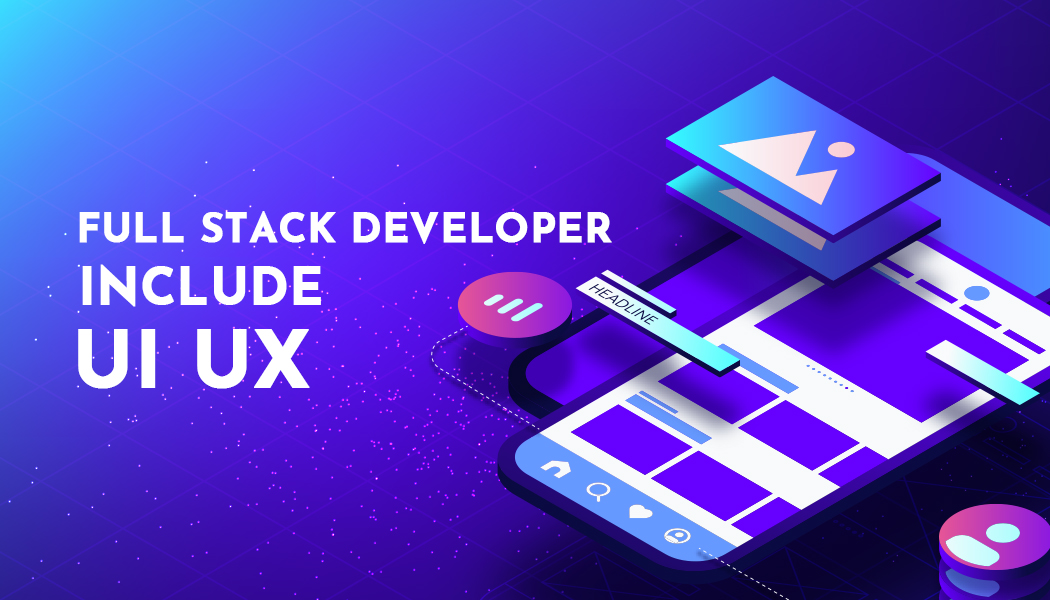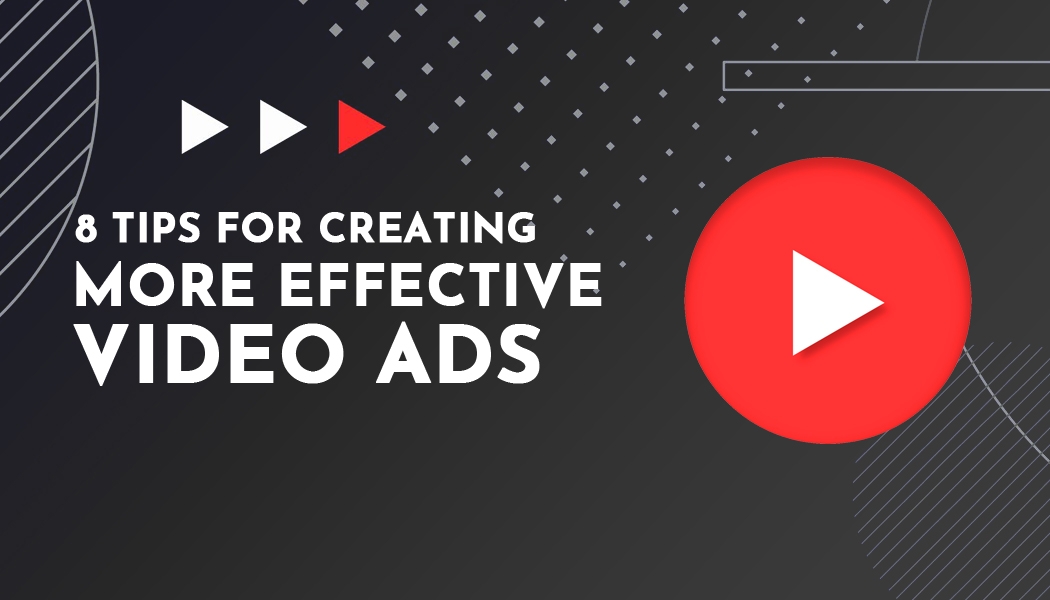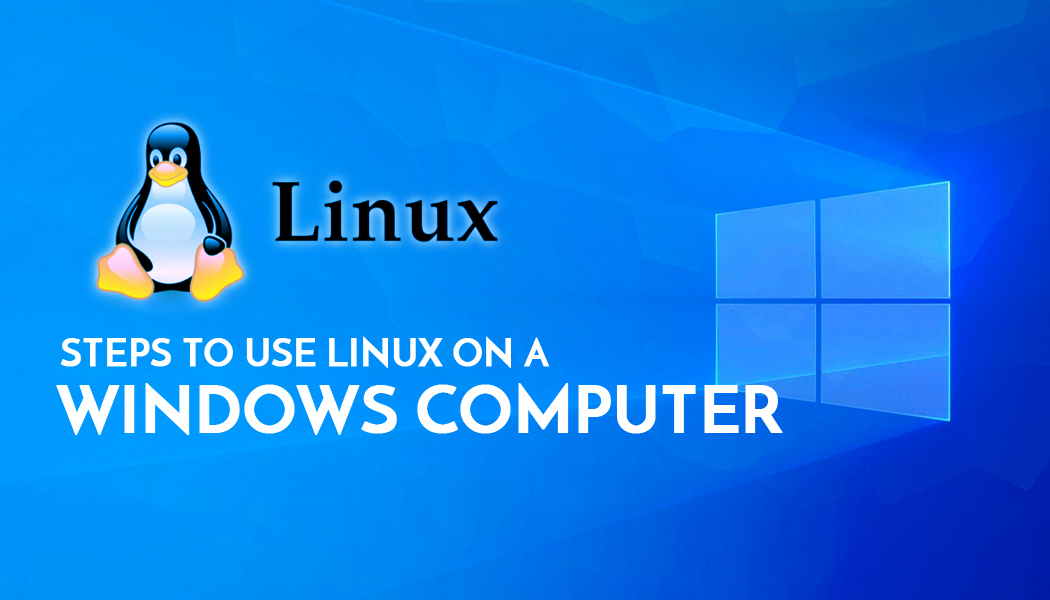Does Full Stack Developer include UI UX?
A full-stack designer is someone with a comprehensive skill set that spans various aspects of design and development. If you're a UX or UI designer seeking to broaden your abilities or a newcomer aiming for a diverse range of design skills, becoming a full-stack designer might be your goal. Many designers embark on their educational and career journeys with this objective in mind. For those interested in pursuing a structured learning path to become proficient in both front-end and back-end development, exploring specialised courses like the Full Stack Developer Course in Chennai can provide a well-rounded foundation in the skills needed for a successful career in full-stack design and development.
As the boundaries between design and development continue to blur, the demand for full-stack designers is on the rise, mirroring the trend seen in full-stack development. The evolving startup landscape now requires designers to undergo cross-disciplinary training, encompassing skills such as coding, copywriting, project management, and more.
If you're at the beginning of your career, the prospect of acquiring such a varied skill set might seem daunting. However, it doesn't have to be!
What is a Full-Stack Designer?
In simple terms, a full-stack designer engages in every phase of the user experience design process, from initial research to actual implementation.
The concept of wearing "many hats" is likely something you're familiar with, a description prevalent in various fields. For instance, a marketing executive might handle social media, content marketing, and ad copywriting, while a CEO might occasionally address customer service emails.
Defining sharply focused skill sets has become increasingly challenging, as many job specifications today require a mix of skills from different disciplines. This trend is especially apparent in UX design, where the nature of the work often involves donning multiple hats. As a UX designer from FITA Academy, you might find yourself undertaking tasks such as:
- Conducting user research
- Facilitating ideation workshops
- Developing user personas and journey maps
- Creating wireframes
- Presenting findings and plans to stakeholders
- Collaborating with developers to implement your design work
So what distinguishes a UX designer from a designer with true Full-Stack design expertise?
While a conventional designer might oversee a specific segment of the process before passing it on addressing other areas as required and without specialised professional development in those domains a full-stack designer takes ownership of the project from inception to execution, concentrating on the comprehensive picture right from the start.
A full-stack designer typically possesses a diverse skill set encompassing UX and UI design, coding, project management, UX writing, and a comprehension of the development process.
What advantages come with working as a Full-Stack designer?
Resourcefulness is a critical and highly valued trait in the startup world, sparking an ongoing debate between the 'generalist or specialist' dilemma that has persisted since the early days of startups.
Expansive and multi-disciplinary skill sets often face criticism for being too broad or requiring too much effort, with concerns that individuals might end up doing the work of multiple professionals for the salary of one.
Despite these concerns, being a full-stack designer with a skill set spanning various disciplines offers significant advantages. For freelancers, in particular, full-stack design is highly lucrative. The ability to provide more value than specialised designers and oversee the project's progress makes it a rewarding choice. Additionally, as a full-stack designer, you have a unique advantage during the handoff process to developers, bridging the gap in understanding and communication between design and development.
The benefits extend to having more variety in your work. While the broad range of skills might initially seem overwhelming, being a full-stack designer provides flexibility and freedom. You can choose where to invest your time and prioritise skills based on the project's needs. Unlike conventional designers who might need to retrain if they grow tired of their specific skill set, a full-stack designer can seamlessly fill any design role that arises, offering a win-win scenario. For those hoping to improve their abilities in (UI) and (UX) design, considering specialised courses such as a UI UX Design Course in Chennai can be instrumental in building a strong foundation and staying abreast of the latest trends in the dynamic field of design.
How do you become a Full-Stack Designer?
The initial step in becoming a full-stack designer is to master your UX design skills. Consider enrolling in a UX course or boot camp that provides specialisation in UI design and/or frontend development. This foundational knowledge will set you on the right path toward becoming a full-stack designer. It's crucial to develop an understanding of both frontend and backend development, along with familiarity with server management.
To acquire the additional skills necessary for full-stack design, you have various options. If you're already in the field, initiate skill swaps with your colleagues and organise lunch and learn sessions across teams. This collaborative approach helps you identify knowledge gaps, gain practical insights from your peers working on similar projects, and contextualise your learning in a highly practical manner.
The conventional route to becoming a full-stack designer often involves enrolling in an online course that imparts fundamental design skills, including UX and UI. This approach allows you to acquire the required qualifications and gain comprehensive insights into different design areas.
Before deciding on your path to becoming a full-stack designer, take time to assess your current skills and experiences through brainstorming. This self-reflection will guide your decisions and help you tailor your learning journey to fill any existing gaps.
Pros and cons of becoming a full-stack developer.
Becoming a full-stack developer offers several advantages. On the positive side, full-stack developers possess a comprehensive skill set, enabling them to work on both front-end and back-end development. This versatility makes them valuable assets for smaller teams and startups with limited resources. They can take on end-to-end responsibilities, from designing user interfaces to managing databases and server-side logic.
Moreover, full-stack developers often have a better understanding of the entire development process, facilitating effective communication and collaboration between different team members. This holistic perspective can lead to more efficient problem-solving and faster project delivery.
However, there are challenges associated with being a full-stack developer. Staying updated on a wide range of technologies can be demanding and time-consuming, potentially leading to shallower expertise compared to specialists in front-end or back-end development. Additionally, managing both client-side and server-side aspects may increase workload and stress, potentially affecting work-life balance. For individuals who prefer a more focused and creative career path, exploring specialised courses like Graphic Design Courses in Chennai can provide a targeted skill set and open up opportunities in the visually dynamic field of graphic design.




